 After the loss of the Holy Land, the Eastern Roman Empire and control of the Mediterranean, Christendom was in constant danger of being overwhelmed by the Muslim Turks and the Protestant Reformation further weakened the defences.
After the loss of the Holy Land, the Eastern Roman Empire and control of the Mediterranean, Christendom was in constant danger of being overwhelmed by the Muslim Turks and the Protestant Reformation further weakened the defences.Moreover, Catholic Christendom was fighting, now, on two fronts against both Muslim and Protestant and might, at any time, be swept away altogether. Particular determination, tenacity and courage were now needed more than ever from the defenders of Christendom.
Fortunately, courage was not lacking.
In September 1529, after defeating the Hungarians at the Battle of Mohacs, the Ottoman Turks and their allies laid siege to Vienna – the famous “Siege of Vienna” of 1529. After a tremendous struggle the Austrians, under the 70-year-old Count Nicholas von Salm, were finally victorious, although Salm himself was killed during the siege.
On 7 October 1571, the Ottoman Turks had seized the opportunity to launch a vast fleet to conquer as much of Christendom as they could conquer. Almost miraculously, they were defeated at Lepanto by the combined Christian fleets under the command of Grand Admiral Don John of Austria, the illegitimate son of the Roman Emperor, Charles V.
To these were added the prayers of Christendom since the pope, St Pius V, had ordered a Christendom-wide Rosary prayer campaign for victory.
Moreover, the miraculous image of our Lady of Guadalupe sat in the cabin of Don John throughout the battle. The victory of Lepanto was commemorated by a new Feast, that of our Lady of Victory (or Victories) which was later made universal and later still re-named the Feast of our Lady of the Rosary. In 1716, Clement XI inscribed the Feast of our Lady of the Holy Rosary on the universal calendar in gratitude for the victory gained by Prince Eugene of Savoy, commander of the Imperial forces of the Habsburg Roman Emperor, on 5 August at Peterwardein in Vojvodina, in Serbia.
Later, however, on 11 September 1683 – 9/11 no less – came the “Battle of Vienna” of 1683, when King Jan (John) III Sobieski of Poland-Lithuania, also accompanied by Christendom-wide praying of the Rosary, delivered Vienna and Christendom once again from the Muslim Ottoman Turks and protected the Holy Roman Empire of Emperor Leopold I from imminent destruction.

Emperor Leopold I in the traditional vestments and regalia of the Holy Roman Emperor, including the crown of Charlemagne (Reichskrone), the Sceptre and Orb (Reichszepter and Reichssapfel)
After the victory of Sobieski over the Turks, Ven. Pope Innocent XI, extended the Feast of the Holy Name of Mary to the whole Church to be celebrated on 12 September in memory of the deliverance of Christendom. The feast was extended to the universal Church and assigned to the Sunday after the Nativity of Mary by a Decree of 25 November 1683, or, if that was not possible, then it had to be kept on 12 September.
12 September had also been the day of the Battle of Muret 1213, when Count Simon de Montfort (father of the founder of the English parliament) and 700 knights had defeated the Albigensian army of some 50,000, whilst St Dominic and his friars were praying the Rosary in the church of Muret.
But 9/11 was the day that the battles began in each case.
The Battle of Vienna took place on 11 September and 12 September 12, 1683 after Vienna had been besieged by the Ottoman Empire for two months. The battle broke the advance of the Ottoman Empire into Europe, and marked the political hegemony of the Habsburg dynasty and the beginning of the end of the Ottoman Muslim Empire.The battle was won by Polish-Austrian-German forces led by King Jan against the Ottoman Empire army commanded by Grand Vizier Merzifonlu Kara Mustafa Pasha.

King Jan III Sobieski of Poland -Lithuania
The siege itself began on 14 July 1683 with an the Ottoman Empire army of approximately 138,000 men. The decisive battle took place on 12 September, after the united relief army of 70,000 men had arrived, pitted against the Ottoman army.
The battle marked the turning point in the 300-year struggle between Roman Christendom and the Ottoman Empire.
 The siege before the Battle of Vienna (1683)
The siege before the Battle of Vienna (1683)
The capture of the city of Vienna had long been a strategic aspiration of the Ottoman Empire.
The Ottoman Empire had even been providing military assistance to dissident Hungarians and to anti-Catholic minorities in Habsburg-occupied portions of Hungary. There, in the years preceding the siege, widespread unrest had become open rebellion upon Leopold I's pursuit of Catholic Counter-Reformation principles.

King Jan Sobieski salutes the Roman Emperor Leopold I
In 1681, Protestants and other anti-Habsburg forces, led by Imre Thököly, were reinforced with a significant force from the Ottoman Muslims, who recognized Imre as King of "Upper Hungary". This support went so far as explicitly promising the "Kingdom of Vienna" to the disloyal and treacherous Hungarians if it fell into Ottoman hands.
In 1681 and 1682, clashes between the forces of Imre Thököly and the Habsburgs' military frontier forces intensified, which was used as a casus belli by Grand Vizier Kara Mustafa Pasha in convincing the Sultan, Mehmet IV and his Divan, to allow the movement of the Ottoman Army. Mehmet IV authorized Kara Mustafa Pasha to operate as far as Győr and Komarom castles, both in northwestern Hungary, and to besiege them. The Ottoman Army was mobilized on 21 January 1682, and war was declared on 6 August 1682.
The wording of this declaration left no room for doubt what would be in store after a Turkish success. Mehmet IV wrote to Leopold I thus, verbatim:
"We order You to await Us in Your residence city of Vienna so that We can decapitate you... (...) We will exterminate You and all Your followers... (...) Children and adults will be equally exposed to the most atrocious tortures before being finished off in the most ignominious way imaginable..."
During the winter, the Habsburgs and Poland concluded a treaty in which Leopold would support Sobieski if the Turks attacked Kraków; in return, the Polish Army would come to the relief of Vienna, if attacked.
The King of Poland prepared a relief expedition to Vienna during the summer of 1683, honouring his obligations to the treaty. He went so far as to leave his own nation virtually undefended when departing from Kraków on 15 August, the Feast of the Assumption of our Lady. Sobieski covered this with a stern warning to Imre Thököly, the rebellious Hungarian Protestant leader, whom he threatened with severity if he tried to take advantage of the situation — which, nevertheless, the treacherous Thököly did.
The main Turkish army finally invested Vienna on 14 July. Count Ernst Rüdiger von Starhemberg, leader of the remaining 11,000 troops and 5,000 citizens and volunteers, refused to capitulate.
The Turks dug tunnels under the massive city walls to blow them up with explosives, using sapping mines.
The Ottoman siege cut virtually every means of food supply into Vienna, and the garrison and civilian volunteers suffered extreme casualties. Fatigue became such a problem that Count von Starhemberg ordered any soldier found asleep on watch to be shot. Increasingly desperate, the forces holding Vienna were on their last legs when in August, Imperial forces under Charles, Duke of Lorraine, beat Imre Thököly of Hungary at Bisamberg, 5km northeast of Vienna.
On 6 September, the Poles crossed the Danube 30km north west of Vienna at Tulln, to unite with the Imperial forces and additional troops from Saxony, Bavaria, Baden, Franconia and Swabia who had answered the call for a Holy League that was supported by Pope Innocent XI.
The devious Louis XIV of France declined to help and instead used the opportunity to attack cities in Alsace and other parts of southern Germany. Anyone who thinks Louis XIV a good Catholic king really needs to think again.
During early September, the experienced 5,000 Turkish sappers repeatedly blew up large portions of the walls, the Burg bastion, the Löbel bastion and the Burg ravelin in between, creating gaps of about 12m in width. The Austrians tried to counter by digging their own tunnels, to intercept the depositing of large amounts of gunpowder in subterranean caverns. The Turks finally managed to occupy the Burg ravelin and the Nieder wall in that area on 8 September. Anticipating a breach in the city walls, the remaining Austrians prepared to fight in Vienna itself.
The relief army had to act quickly to save the city from the Turks and to prevent another long siege in case they would take it. Despite the international composition of the Army and the short time of only six days in which to organise, an effective leadership structure was established. This was largely the work of the extraordinary and holy Austrian Chaplain-General, Blessed Marco d'Aviano, Emperor Leopold's privy counsellor.
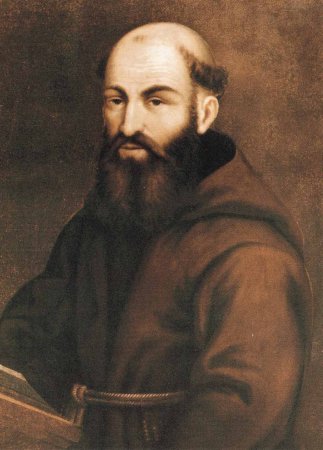 Blessed Marco d'Aviano, OFMCap, Imperial Chaplain-General
Blessed Marco d'Aviano, OFMCap, Imperial Chaplain-General
The Holy League forces arrived on the Kahlenberg (bare hill) above Vienna, signalling their arrival with bonfires. In the early morning hours of 12 September, before the battle, King Jan heard a Solemn Mass.
While the Turks hastily finished their mining work and sealed the tunnel to make the explosion more effective, the Austrian "moles" detected the cavern in the afternoon and one brave man entered and defused the mines just in time.
At the same time, the Polish infantry had launched a massive assault upon the Turkish right flank.
After 12 hours of fighting, Sobieski's Polish force held the high ground on the right. At about 5pm, after watching the ongoing infantry battle from the hills for the whole day, four cavalry groups, one of them Austrian-German, and the other three Polish, totalling 20,000 men, charged down the hills. The attack was led by the Polish king himself in front of a spearhead of 3000 heavily wing-armoured Polish hussars. This charge thoroughly broke the lines of the Ottoman troops. Seizing the initiative, Starhemberg led the Vienna garrison in sallying out of its defences to join the assault.

Massive charge of the Polish winged lancer-hussars which decided the Battle of Vienna
In less than three hours after the cavalry attack, the Christian Imperial forces had won the battle, saved Vienna from capture and rescued Christendom from the Turks.
One may recall the decisive charge of the Rohirrim from Tolkien's Lord of the Rings, to get a flavour of what it must have been like, King Jan Sobieski leading his Polish hussars just as King Theoden led his Riders of Rohan.
After the battle, Sobieski paraphrased Julius Caesar's famous quote by saying "veni, vidi, Deus vicit" - "I came, I saw, God conquered".
 King Jan Sobieski receives the standards of the fallen Turks
King Jan Sobieski receives the standards of the fallen Turks
The Turks lost about 15,000 men in the fighting, compared to approximately 4,000 for the Habsburg-Polish forces. Though routed and in full retreat, the Turkish troops had found time to slaughter all their Austrian prisoners, with the exception of those few of nobility which they took with them for ransoming.
King Jan vividly described events in a letter to his wife a few days after the battle:
“Ours are treasures unheard of ... tents, sheep, cattle and no small number of camels ... it is victory as nobody ever knew of, the enemy now completely ruined, everything lost for them. They must run for their sheer lives ... Commander Starhemberg hugged and kissed me and called me his saviour.”
The victory at Vienna set the stage for Prince Eugene of Savoy's reconquest of Hungary and the Balkans within the following years.
Long before that, the Turkish Sultan had disposed of his defeated commander. On 25 December 1683, Kara Mustafa Pasha was executed in Belgrade.
However, it was the end for the Ottoman Empire. The Ottomans fought on for another 16 years but lost control of Hungary and Transylvania and capitulated finally by the Treaty of Karlowitz.
Christendom was once again safe.
Because Sobieski had entrusted his kingdom to the protection of the our Lady of Czestochowa before the battle, Pope Innocent XI commemorated his victory by extending the feast of the Holy Name of Mary to the universal Church.
The Battle of Vienna was marked by culinary inventions:
1. The croissant was invented in Vienna to celebrate the defeat as a reference to the crescents on the Turkish flags.
2. The first bagel was made as a gift to King Jan Sobieski to commemorate the victory, being fashioned in the form of a stirrup, to commemorate the victorious charge by the Polish cavalry.
3. After the battle, the Austrians discovered many bags of coffee in the abandoned Turkish encampment. Using this captured stock, Franciszek Jerzy Kulczycki opened the third coffeehouse in Europe and the first in Vienna, where, Kulczycki and Marco d'Aviano adding milk and honey to sweeten the bitter coffee, thereby invented the cappuccino, so named after Blessed Marco because of the Capuchin’s brown hood.

Our Lady of Czestochowa, pray for us!
Blessed Marco d'Aviano, pray for us!
Holy Name of Mary, protect us!
...








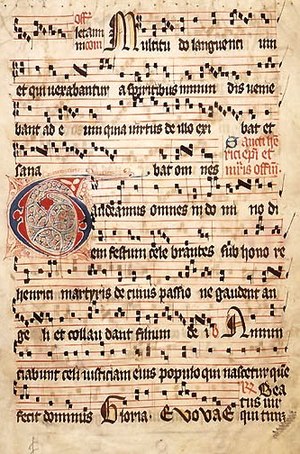

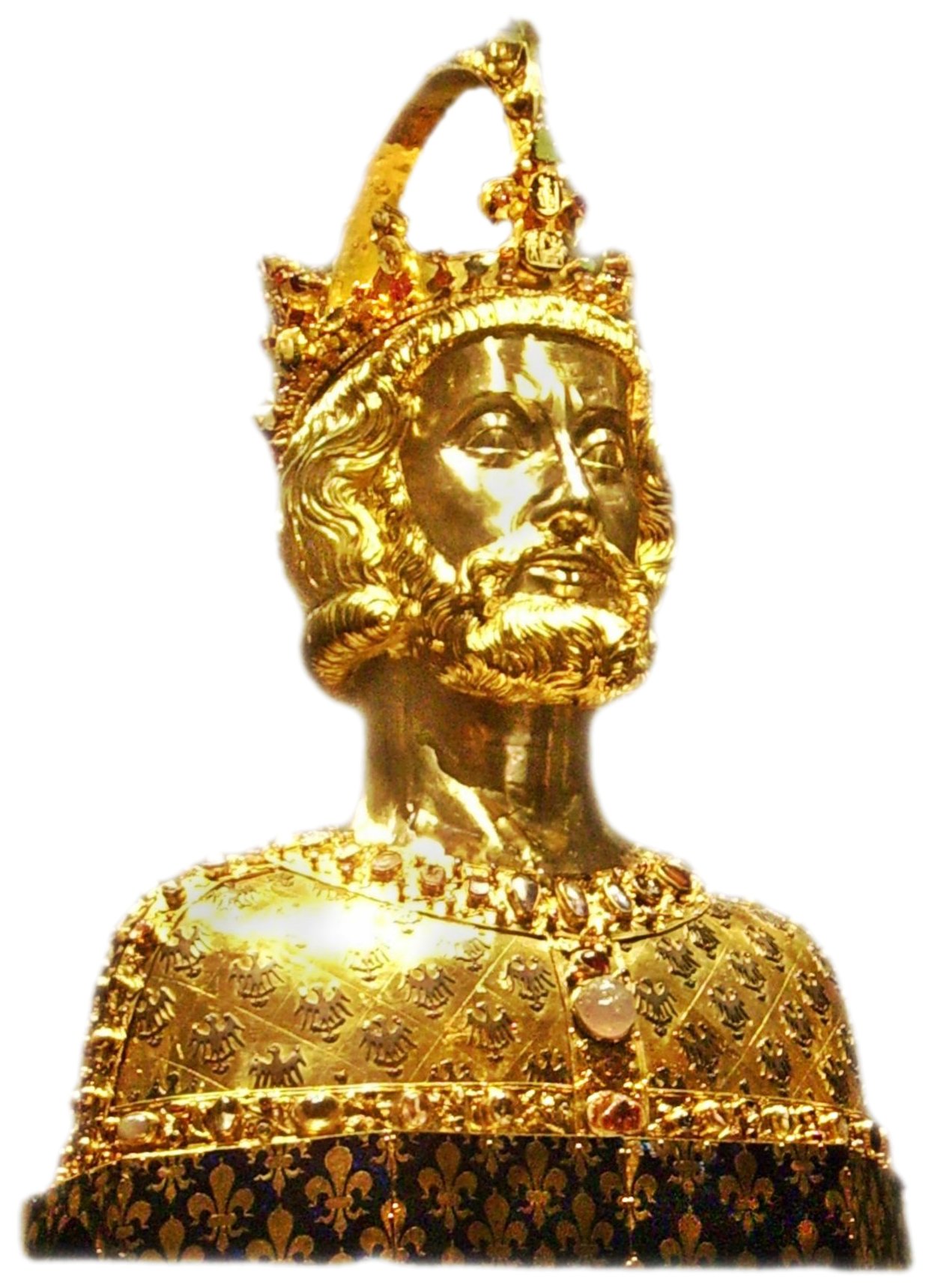



.jpg)


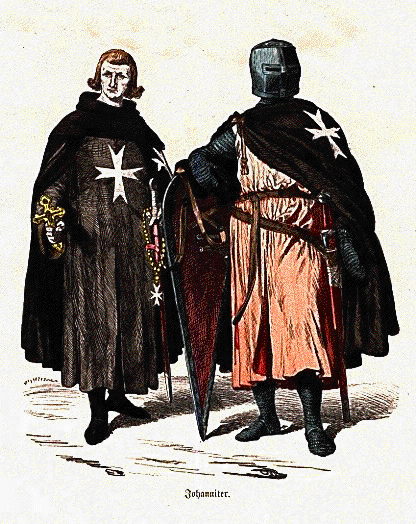

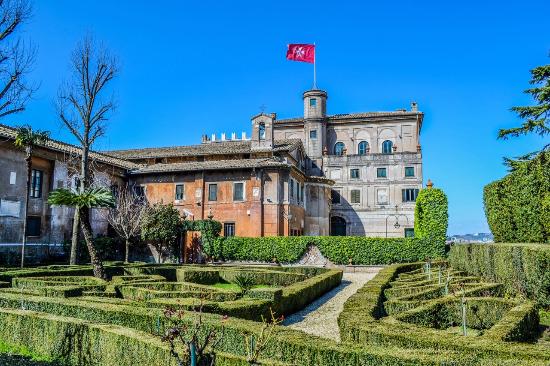


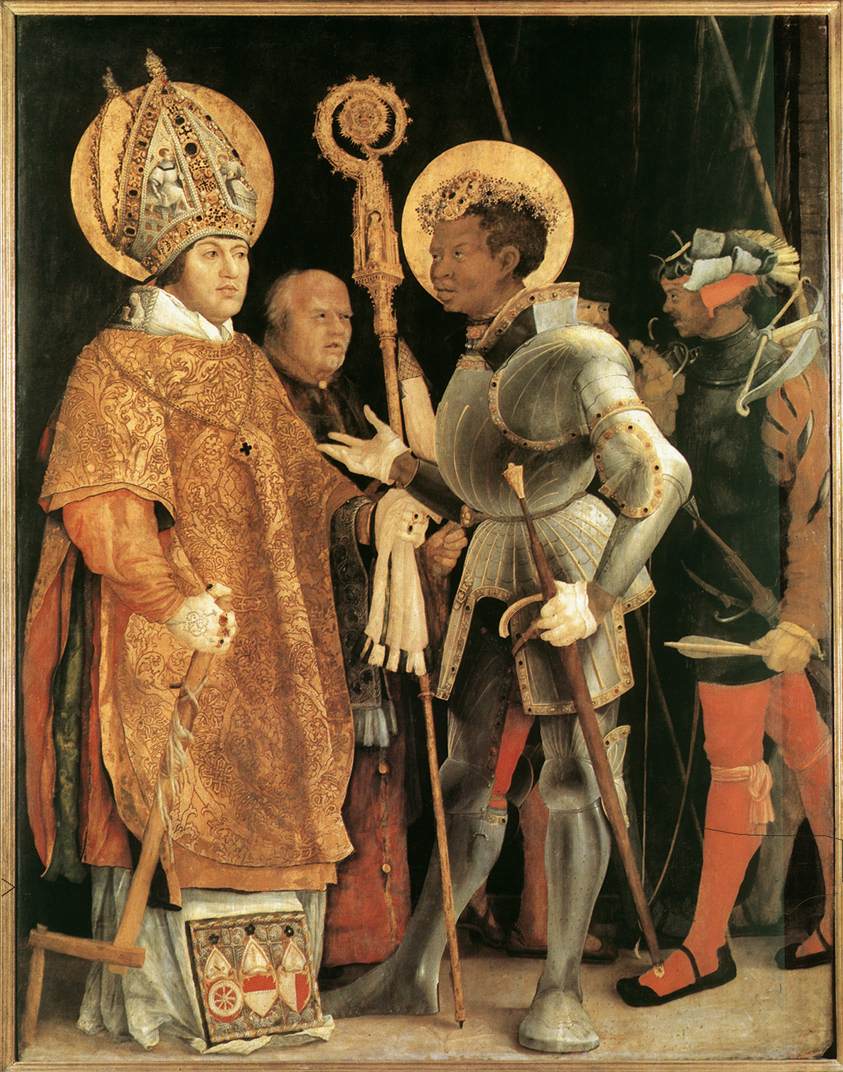
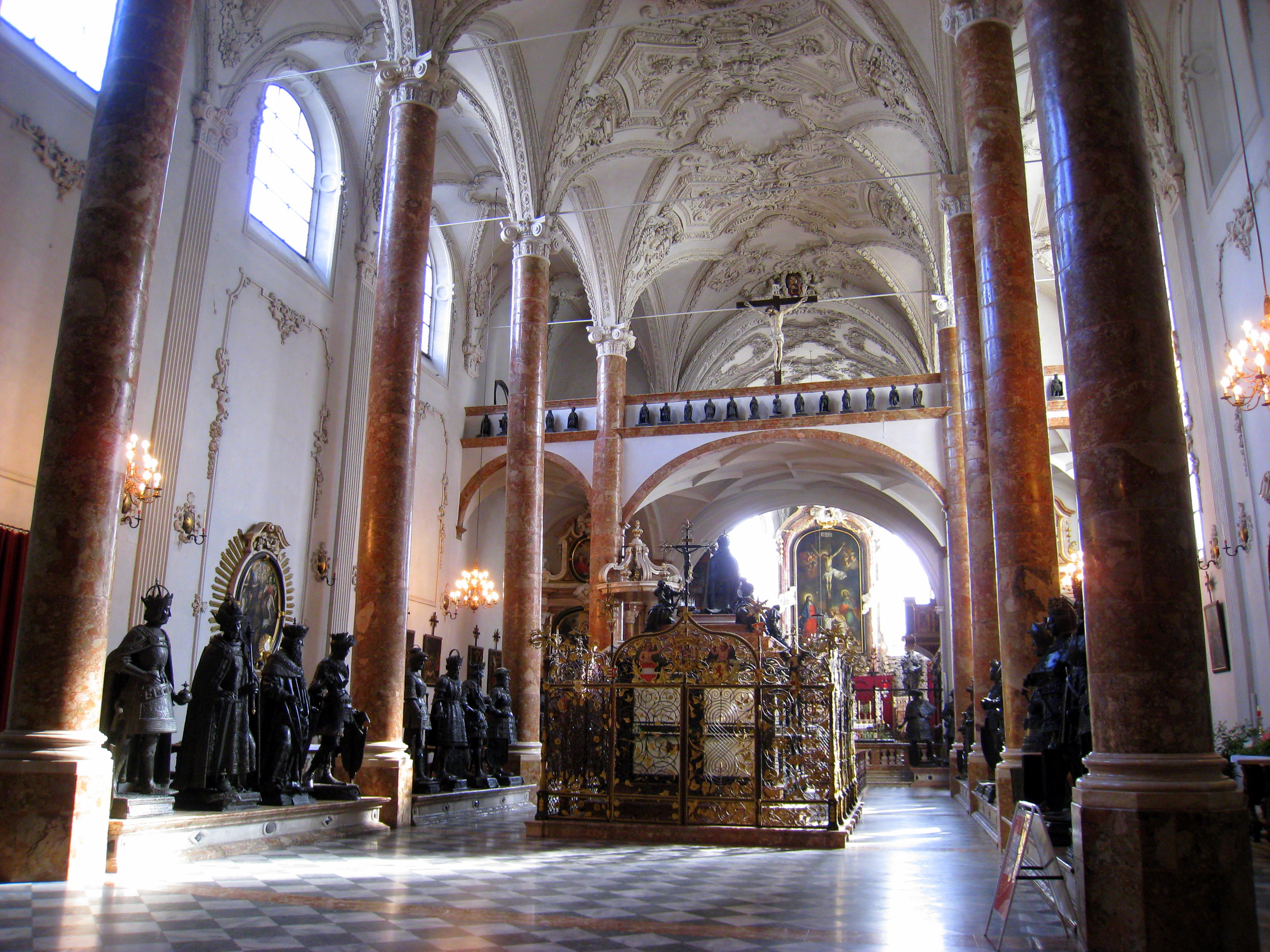


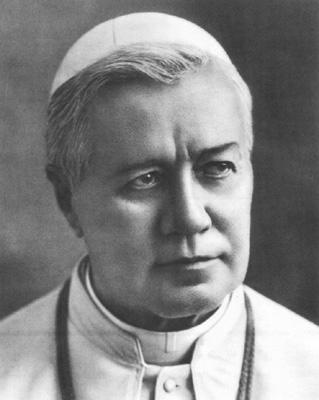






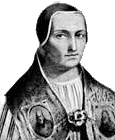







_-002.jpg/220px-Circle_of_Anton_Raphael_Mengs,_Henry_Benedict_Maria_Clement_Stuart,_Cardinal_York_(ca_1750)_-002.jpg)



8 comments:
Very captivating. Thanks
Thanks!
It's an even more important day than the Americans themselves realise.
History tells us so much about our present.
btw I am teaching my dd about the Spanish Armada at the moment for her history; any chance you could do a post on this? :) Please? :)
Yep, maybe. Watch this space.
the cappuccino story is a lot of hot air, dear.
Dear Carlo the anonymous,
I provide evidence; you provided none. I think it's pretty obvious who the hot air is coming from.
Fascinant.
September 11th marks a special day for the Dijonnais as well. It was on that date in 1514 the city solemnly processed the statue of Notre Dame de Bon Espoir, and was delivered from a siege by the Swiss two days later. On 9/11 of 1944, through the intercession of Notre Dame de Bon Espoir, they were delivered from German occupation. You can read more about it here:
http://laudemgloriae.blogspot.com/2007/10/notre-dame-de-bon-espoir.html
Sept. 11, 3 B.C. is also thought to be the actual birth date of Christ.
Then the Winged Hussars arrived! https://youtu.be/cuJk6MDUZFM
Post a Comment